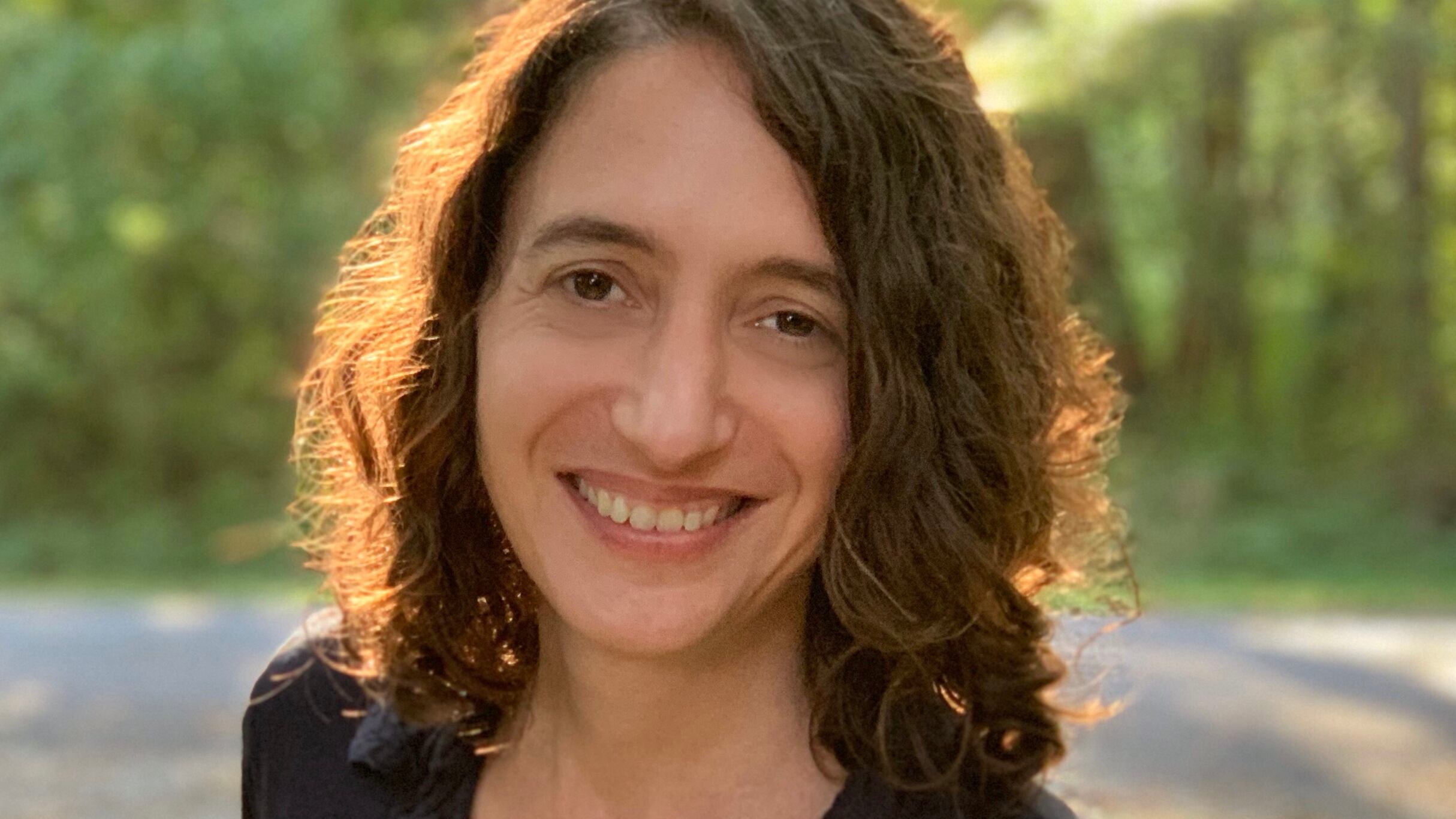The big one about “The Big One” hit 10 years ago.
On July 13, 2015, The New Yorker shook us up with “The Really Big One,” Kathryn Schulz’s long-form narrative examination of the forthcoming Cascadia earthquake. It read like a nightmare to those of us who live near the Cascadia Subduction Zone, especially because of the iconic line, “Everything west of Interstate 5 will be toast,” said by outgoing Federal Emergency Management Agency official Kenneth Murphy.
The line—and the entire article—grabbed readers by the collar and yelled in our faces to pay attention to the ground about to shift beneath our feet. Within days, we Pacific Northwest dwellers were the pity of the continent. The text messages were alarming and annoying: “Have you known about this?” “Do you live east or west of I-5?” or, worse, a simple “I’m so sorry.”
Here’s a reminder, in case you were enjoying your day too much: There is a 1 in 3 chance of a magnitude 7.1+ earthquake and resulting tsunami occurring along the Cascadia Subduction Zone within the next 50 years, according to the Oregon Department of Emergency Management. The Cascadia Subduction Zone is a fault line that runs from Vancouver, British Columbia, down to Northern California. The last megaquake in our region was on Jan. 26, 1700, and had an estimated 9.0 magnitude and unleashed up to a 100-foot tsunami.
The urgency of addressing our problematic infrastructure spiked after the publication of “The Really Big One.” That effort included Multnomah County taking on a rebuild of the Burnside Bridge in 2016, and the Portland City Council passing an ordinance in 2018 requiring all unreinforced masonry buildings to display placards and eventually be retrofitted. Momentum then slowed considerably. The county has punted the Burnside Bridge construction to 2028 due to uncertainty over federal funding, and a successful lawsuit by URM building owners ended the mandatory retrofitting plan. New life for the issue blossomed again this spring, though, when local writer Emma Pattee published the earthquake disaster novel Tilt and a groundswell of parents helped pressure Portland Public Schools to invest more in seismic funding in its 2025 bond, which passed.
WW spoke with author and New Yorker staff writer Kathryn Schulz on the phone from her home in Maryland about the 10-year anniversary of her Pulitzer Prize–winning article. Schulz lived in Portland for a few years in the 1990s and subsequently spent summers here. She hasn’t been here in a few years, but swears that is because she has two young children and not because of terror over the earthquake. Portions of this interview have been edited for length and clarity.
WW: What turned on your journalist spidey sense that there might be an article in the Cascadia quake?
Kathryn Schulz: I remember it very clearly. I was out visiting in 2014, and I was having dinner with some friends and relatives. We were talking about some arcana of city governance like, ‘Do we need more miles of bike lanes?’ or something, and someone said in a completely offhand manner, ‘None of this is going to matter when the earthquake hits.’ And I was like, ‘What earthquake?’ Then whoever made the comment gave me this 30-second elevator version of the earthquake, and practically before I put my fork down at the dinner, I was like, well, I’ll be looking into that.
How did the article land versus how you thought it would land?
This is naïve on my part, but I was actually shocked by the extent to which the world received it as terrifying. That was the adjective people kept saying to me in the moment. I thought a lot more about tragedy, which, I guess, is closely related to terror, in a certain way. I obviously wrote it out of a very passionate conviction that this is a really horrifying situation that needs to be addressed, and there actually are some things we can do. We can’t do everything. So it wasn’t that I wasn’t thinking about the ramifications of what would happen when this earthquake happens, but I certainly didn’t feel like I was writing Jaws. I was surprised.
What do you remember about publication week?
When the article came out, I was in a cabin outside Sisters, Oregon, with this new love of my life, oblivious. I literally had to drive 11 miles down a dirt road to pick up a cell signal, so it takes a minute to be like, ‘Oh. Something is happening. This article is having a very unexpected impact’—which, to be clear, I think timing is everything in journalism, as in all things. It’s absolutely clear to me that in some other era, including the one we are living in right now, there is no way it would have the impact it had then. I just think news now, it’s like you have to work so hard to get even unbelievably crucial stories any amount of volume over all the chaos.
Is there any part of the article you would change, in retrospect?
I wish there had been a way to give more credit to my colleagues in local news who had been working on the issue for a long time. I felt like it was slightly received as ‘Kathryn Schulz blows open the lid on this unknown story,’ which, of course, was not the truth at all. It’s not clear how you would do that, given the constraints of narrative nonfiction and how a New Yorker article works versus how something like a book works, with a whole section of acknowledgments. But other than that? In terms of the science and the tensions around what to do about it and the narrative choices I made, I don’t think there’s anything I would do differently.

Did the article change any of your behavior?
It did change my behavior. I love the Oregon Coast—I really do. It’s a beautiful place, and I will keep going there. I don’t think I would ever spend the night in a house inside the [tsunami] inundation zone. And I’m sorry, that’s going to make people really upset. But the truth of the matter is, I have young kids, and I have no illusions about whether we could get to safety in the aftermath of a terrible earthquake. I can’t keep my family safe in a place like that.
Also, I was kind of a pest to the people I love, asking them again and again, ‘Did you bolt down your foundation? Did you strap in your water heater?’ These are really basic things to do.
So you would keep the I-5 quote?
One hundred percent. I would probably kill the story before I killed that line.

